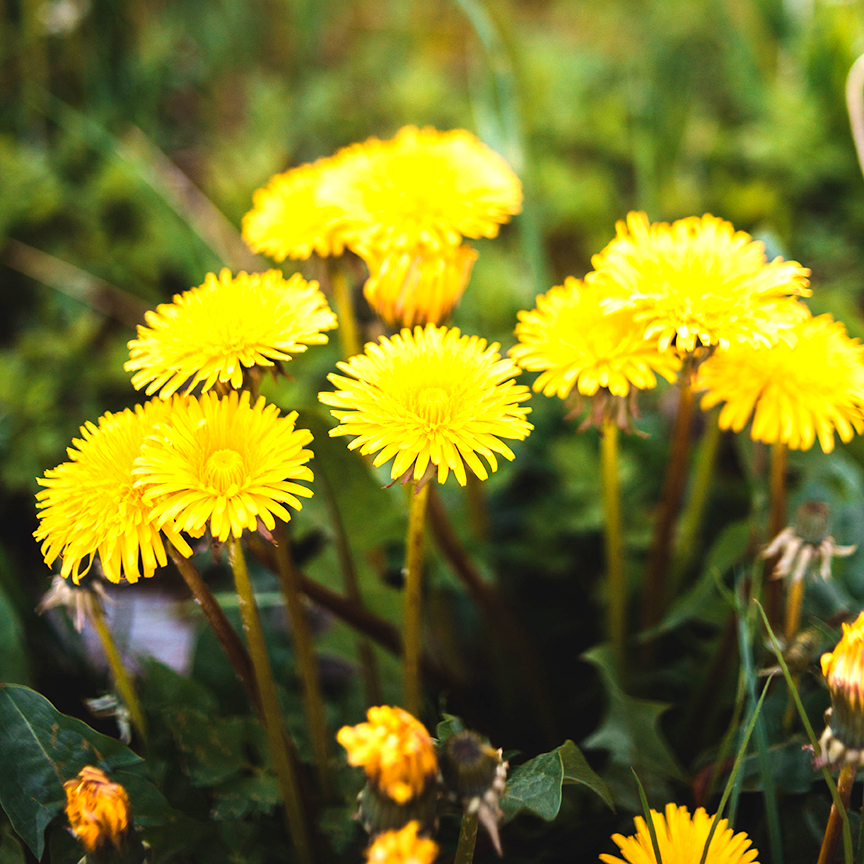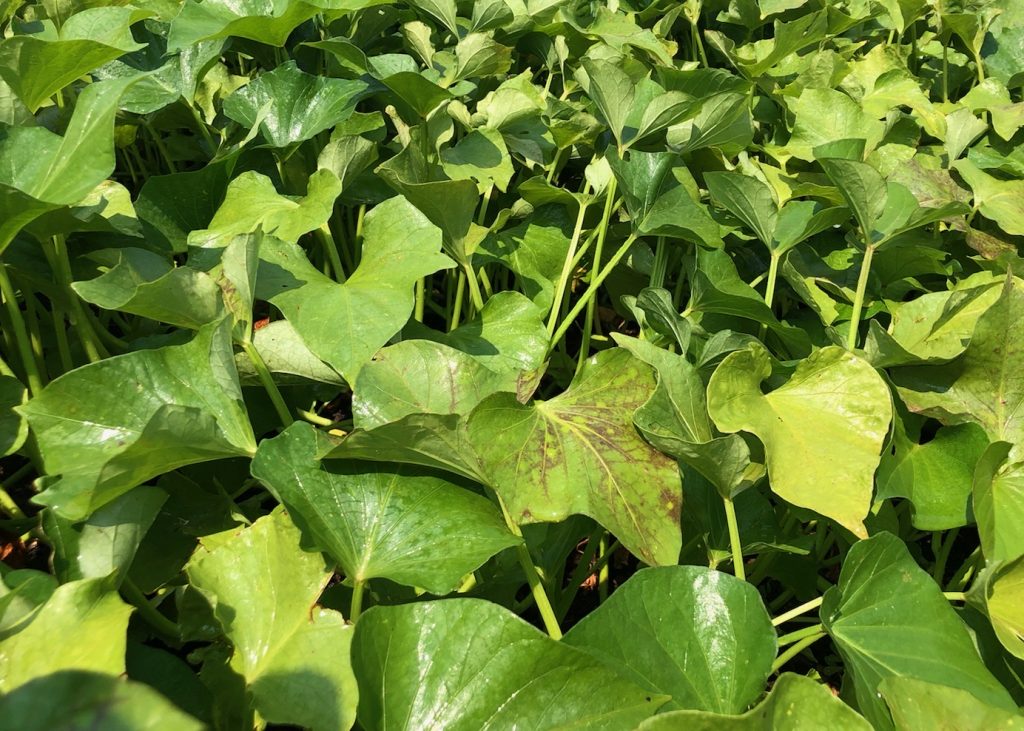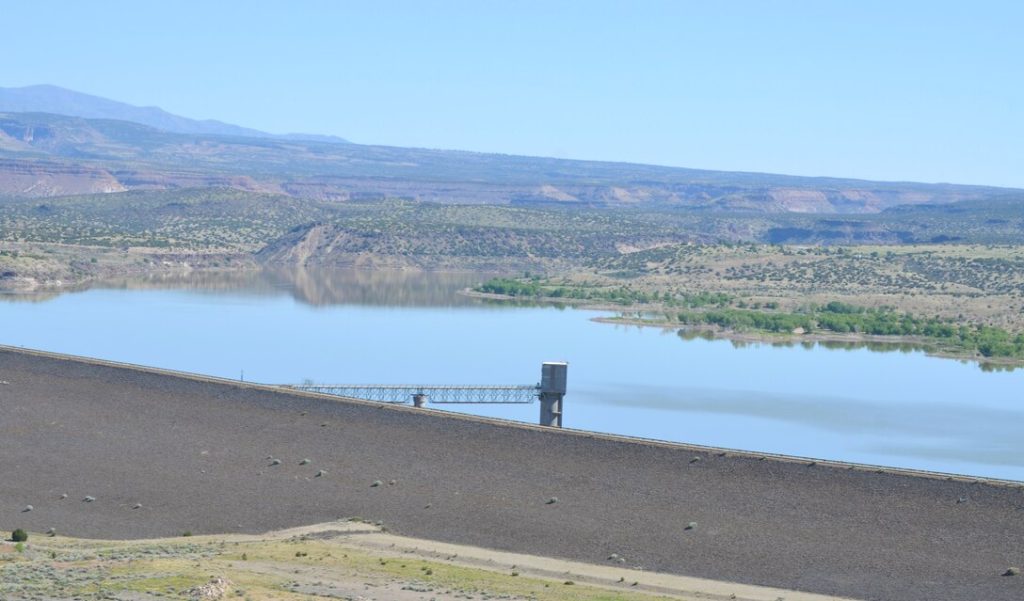
Back in the 1800s, “proper women” did not drink alcohol. However, for medicinal reasons, they could make and drink dandelion wine. It became popular and also fit in with the values of not wasting anything. Many grandmothers have passed down these recipes. And while this wine is incredibly time consuming to make, it gives us a chance to identify with the tasks of past generations.
Dandelion wine is made from only the fine yellow thread-like petals of the flowers. No green material goes into the wine. To get the necessary 1 quart of dandelion petals, you will need to process thousands of dandelions, but you can collect these over several days, freezing the skinny little yellow petals as you go. Then you are ready to start:
1 quart dandelion petals or more. Wash well.
1 ½ quarts of water. Boil and pour over the petals and soak for a couple days
Add zest from one orange to the soaking flowers and boil. Strain.
Add: 1 orange, interior fleshy part sliced (no white pith)
½ lemon, fleshy part only
1 pound sugar. Bring to boil, strain, and cool.
Put flower mixture into a ceramic or enamel pot (not iron or aluminum) and add:
½ package wine or champagne yeast *
½ pound yellow raisins
Cover. Stir with wooden spoon daily for the next 10 to 14 days until it stops bubbling.
Strain. Bottle in sterile bottles and cork loosely in case more gas needs to escape. Then cork firmly and store in a dark, cool place for 6 months. This wine is a beautiful golden color and has an earthy flavor.
*yeast available at your local brewery supply store.



